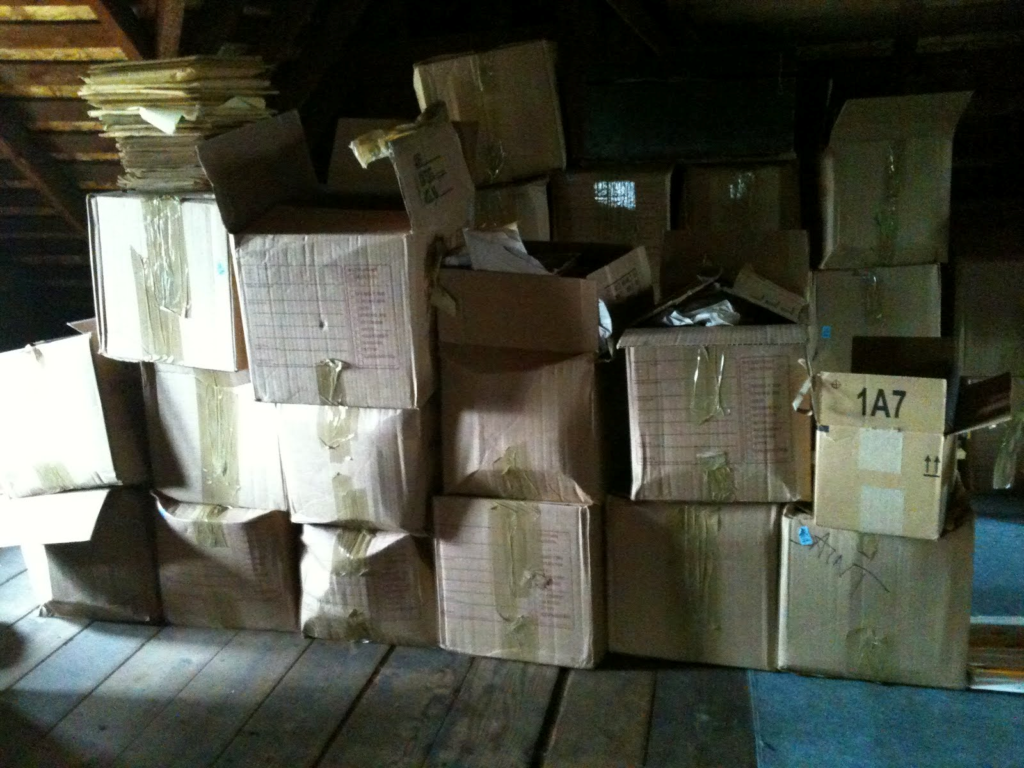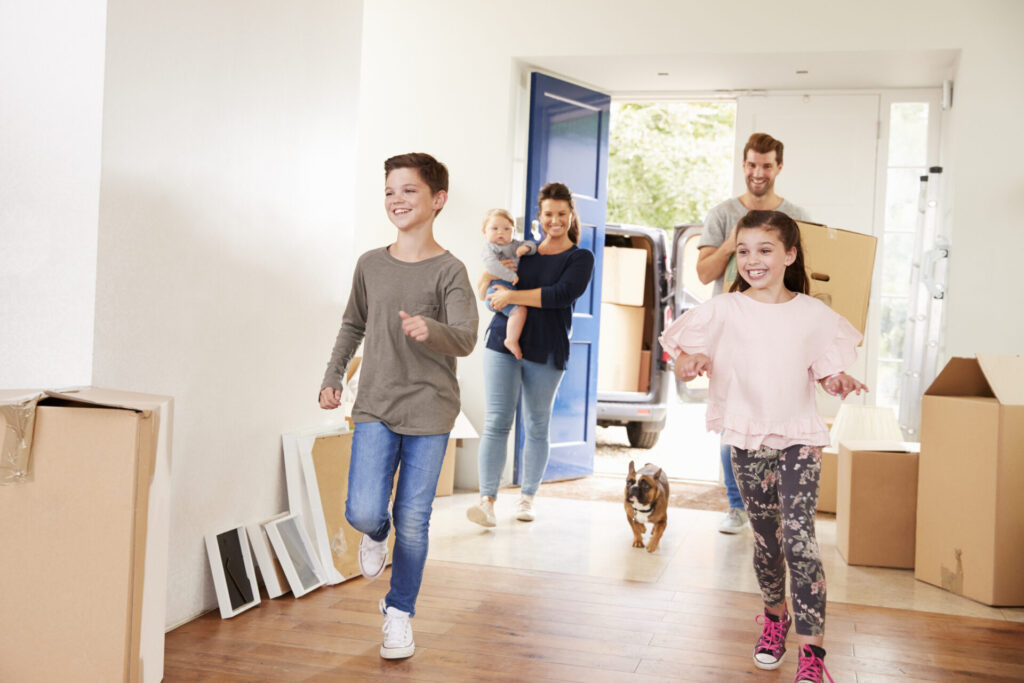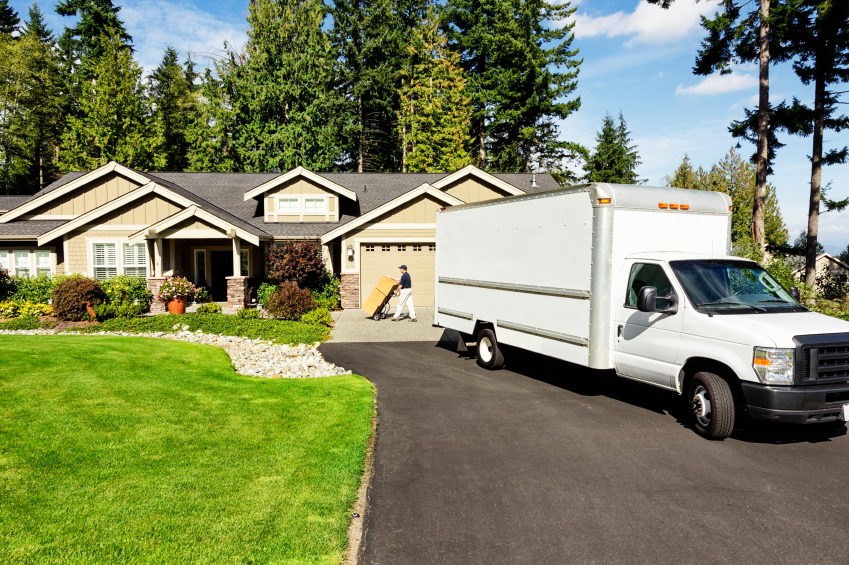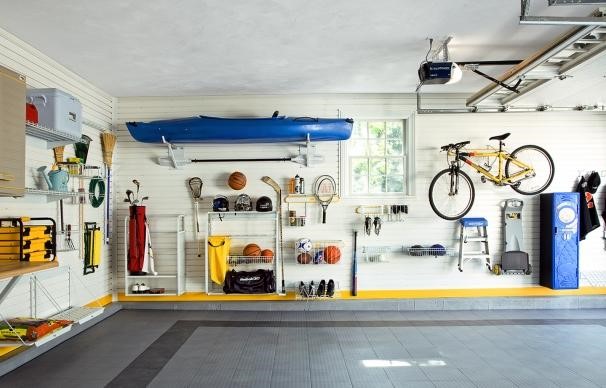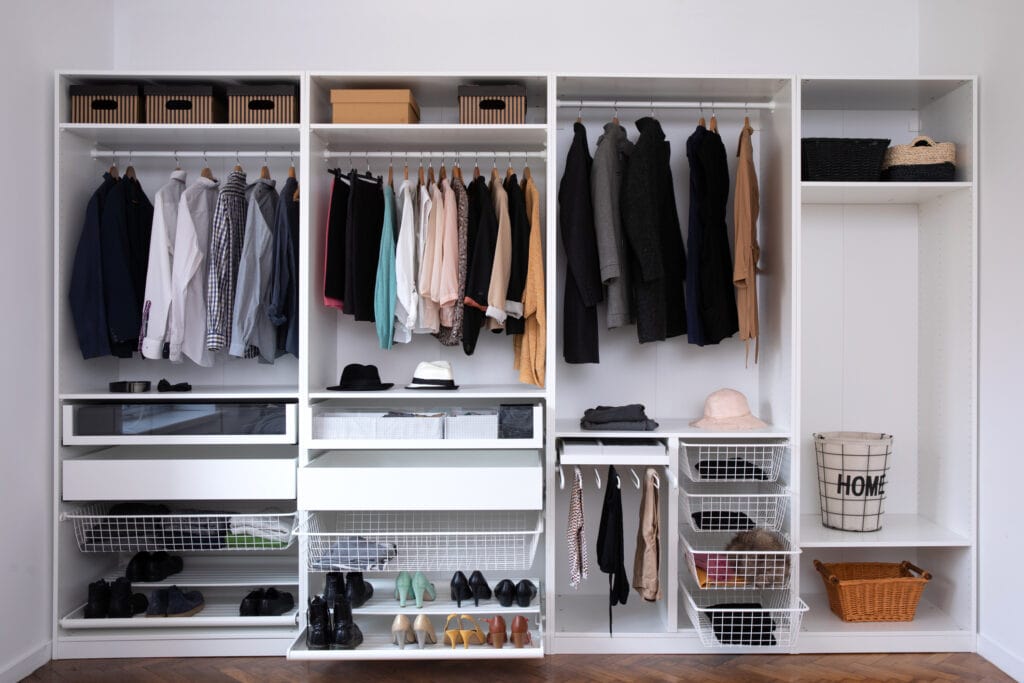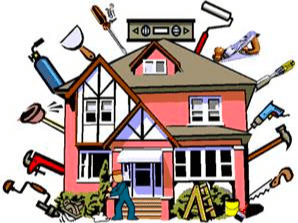5 Signs It’s Time to Hire a Personal Assistant
Has this ever happened to you? You’re racing from one meeting to the next, fielding urgent calls on the way, and by the time you make it home, you realize you’ve missed your child’s recital and forgotten to pay the credit card bill. Your to-do list seems endless, and no matter how much you get […]

